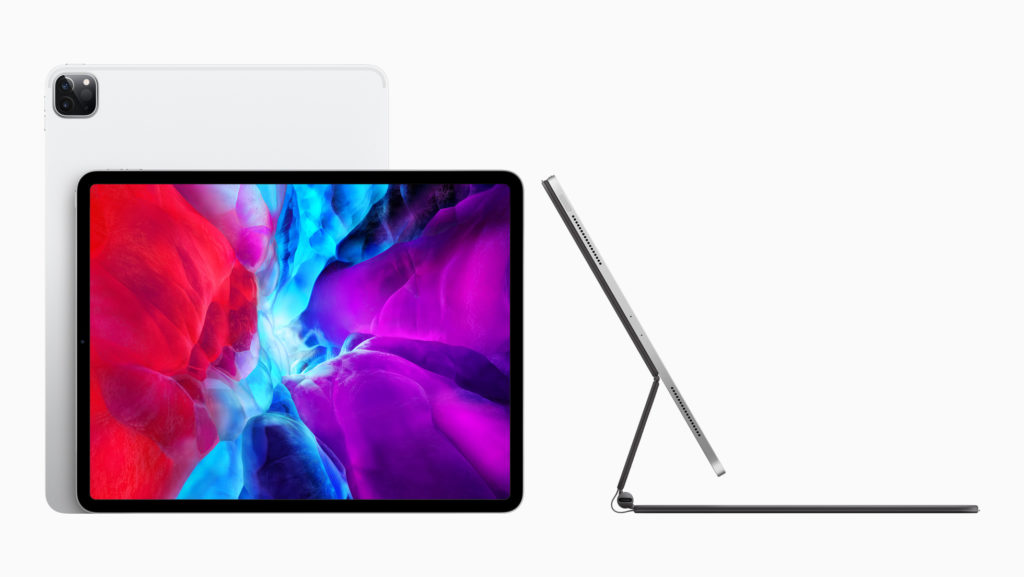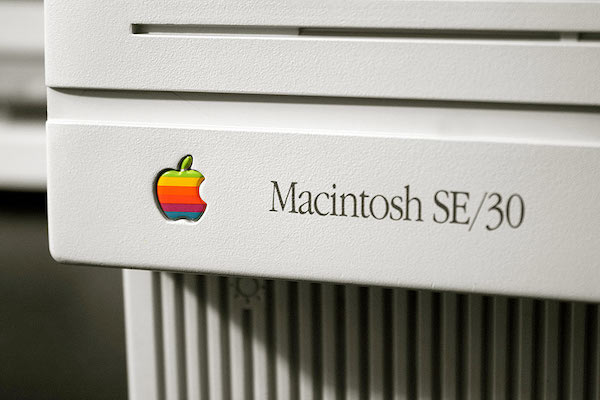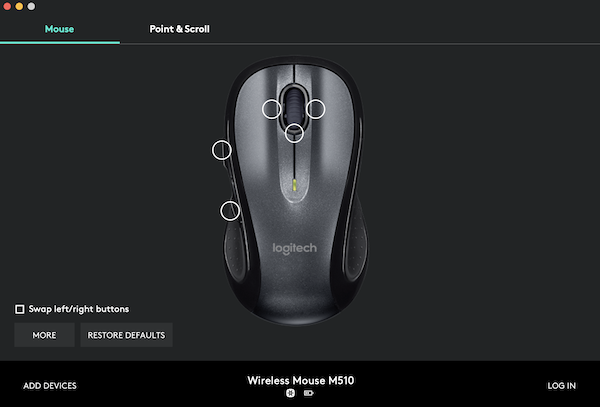One of the things that I have been doing to keep myself busy during the craziness that is the COVID-19 pandemic (please keep wearing your face coverings in public) is to refurbish some of the old Macintosh computers in my collection.
In particular, I am working on a PowerMac G4 Quicksilver (2001) restoration and a PowerBook G3 (1998) repair. Neither machine is working right now, which is understandable since they are 19 and 22 years old, respectively. Rather than talk about each repair project, I figure it would be more helpful to share some of the resources that I have found online to help others repair and overhaul their vintage and obsolete status Macs.
Repair Information and Manuals
When many Mac enthusiasts think of repair guides and tear down instructions, we think of iFixit.com. They offer a great service for sure and I have ordered my share of repair kits from them. But they are not the only game in town.
If you are looking to repair or restore an old PowerBook, you will want to take a look at PowerbookMedic.com. They have repair guides and reasonably priced spare parts to get your old MacBook back in top condition. They also offer some parts and repair services for the iMac and Mac mini.
Another great site is AppleRepairManuals.com [http://www.applerepairmanuals.com/index.php#tools]. They have a wealth of information in the form of Apple service guides as well as other helpful tips that you will need while servicing your new and old Mac, iPod, Newton, or Lisa.
Finding Spare Parts for Your TLC Project
Once you have found the part number for the component that needs replacing, sure, you can use eBay. Many of my component searches start there. But there are other online retail options that specialize in vintage hardware. Depending on the Mac, Other World Computing (OWC) might have the part. I recently purchased an inexpensive PRAM battery from them for the G4. OWC also has a neat IDE/ATA to SATA adapter and SSD conversion kits. Once I have the G4 booting again, I plan to replace an old spinning hard disk with a 120GB SATA SSD. That should give that old boy a nice little speed bump.
One of my new favorite sites for spare parts is UsedMac.com. Need a replacement IDE drive for your Mac, a floppy drive for your PowerBook, or an external Jaz drive? No problem. I just recently ordered a 6GB 2.5″ IDE notebook drive from them. It was super cheap.
The Newton
I came to the Newton late in its life. Like weeks before Steve Jobs came back to Apple and killed it late. I am still intrigued by the Newton and how cool it looks. Old Newtons and eMate portables can still be found on eBay. But sometimes you need that special part. For all things Newton, you will want to check out these great resources.
Newton Research offers a modern version of the Newton Connection Utilities that will run on modern versions of Mac OS. I was able to connect my Newton MessagePad 2100 to my Macbook Pro 2016 with Mojave.
Chuma.org has a good write up for how to get Ethernet working on your MessagePad.
Don’t forget UGreen’s USB 2.0 Type A to RS232 DB9 serial cable. This UGreen cable has a built-in FTDI serial converter so you won’t need a driver on the Mac / Windows PC side to get your Newton to connect and sync.
Software
Restoring hardware is only half of the equation. Once you have restored your computer, you may need to download and OS for it. Let’s face it, 1.4MB floppies, in my collection at least, aren’t holding up well. CDs are holding up much better. Regardless if you are the victim of bit rot, scratched discs, or may not be the most organized person in the world, the Internet has you covered.
MacintoshRepository.org has a wide selection of Apple system software for the Mac, Apple //, and the Lisa. WinWorld’s library of Apple-related software is rather extensive with disk images for System Software 0-6, Mac OS and Mac OS X. You can also download A/UX and NeXTStep.





